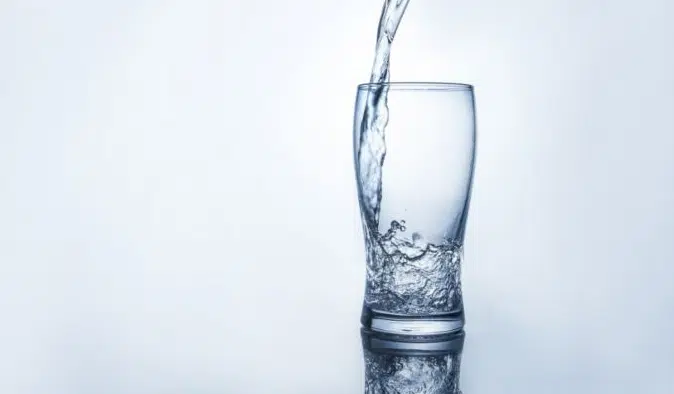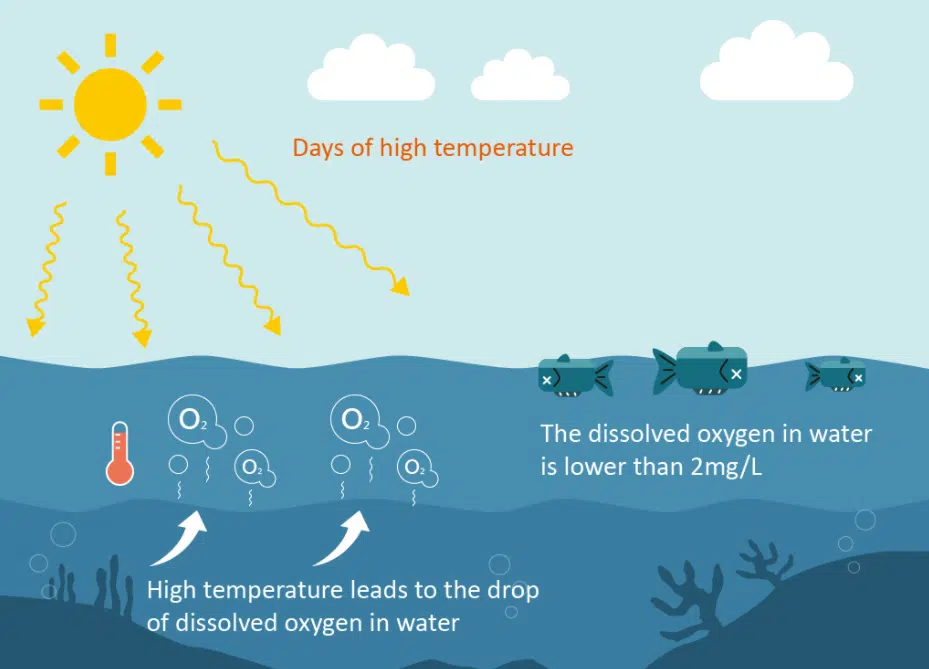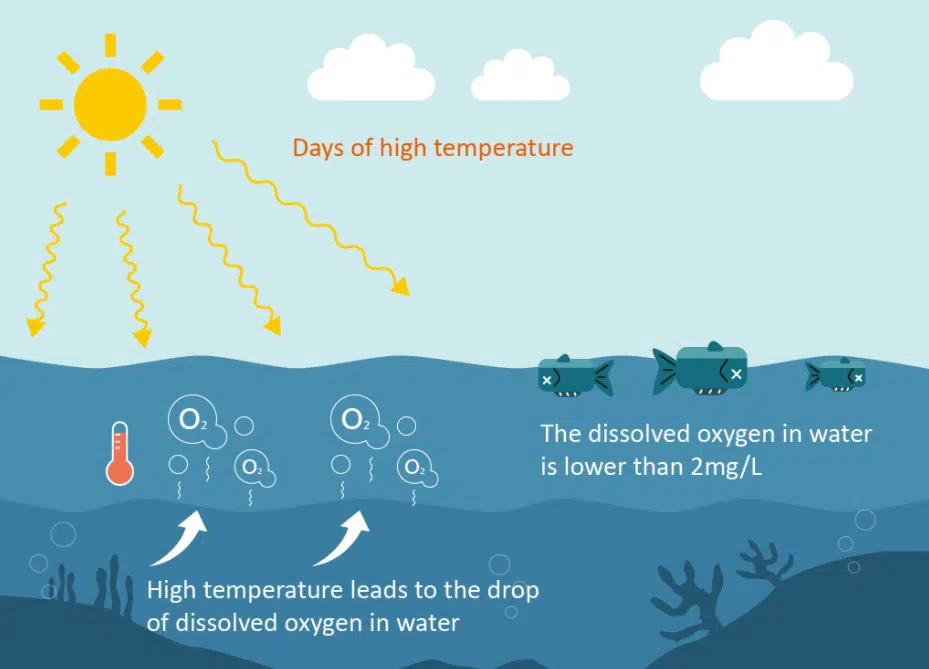The water quality index is one of the parameters that is utilized in the process of evaluating the characteristics of general freshwater and seawater waters. This evaluation process is carried out in many different ways. It is possible to categorize the various types of water quality, as well as to judge and evaluate the water quality in a comprehensive manner, if these parameters are taken into consideration. In addition, it is possible to classify the water quality. For instance, organic matter in water has the property of being easily oxidized, and the oxygen consumption of organic matter can be utilized as a comprehensive indicator of the amount of organic matter that is present. This is an example by way of illustration. The turbidity, color, and other characteristics that are comparable to measurement methods are included in these indicators. When it comes to classifying indicators of water quality, there are three specific categories that can be utilized. The characteristics that set these categories apart from one another serve as the basis for organizing them into these categories.

In terms of biological indicators, a number of indicators that are based on the composition (type and quantity) of aquatic organisms and the ecological characteristics of those organisms have been presented in classes that are pertinent to the subject matter. These indicators demonstrate the ecological characteristics of the organisms. Following this, we will present a general classification that is based on water quality parameters for drinking water the various methods that are utilized for the purpose of measurement. This classification will be based on the various methods that are utilized. One of the most important physical indicators that is used to the greatest extent is the temperature. Temperature is one of the most important indicators.
One of the reasons for this is that temperature plays a role in a number of the physical characteristics that water possesses.1 to 30 degrees Celsius or higher. There is a connection between the temperature of surface water and water quality testing parameters the seasonal climate conditions (also known as the climate conditions). Take note of the aroma as well as the experience. In bodies of water that have been polluted, it is not uncommon to discover odors that are not typical. Both the sense of smell and the sense of taste are not always able to be considered to be completely separate from one another by themselves.
Decomposition and decay of organic matter, dissolved gas H2S, and other substances, as well as residual chlorine after the process of disinfecting drinking water, are some of the potential sources of odor and taste in water. Other potential sources include the reproduction and decline of aquatic plants or microorganisms, the decay and decomposition of organic matter, and several other substances.
The human senses are inherently subjective in nature, and this is especially true when attempting to differentiate between things like smell and taste. The utilization of these methods has been suggested by these individuals respectively. The standards stipulate that the total organic matter (TO) value that must be present in water supply sources must be lower than three to five. This value must be present in the water supply sources. An illustration of the typical relationship that exists between PO and TO is provided in the following illustration:PO is equivalent to lgTO divided by lg2. The color of water can be changed by a wide range of substances, including clay, which causes it to turn yellow; iron oxides, which cause it to turn yellow-brown; the sulfur that is released as a result of the oxidation of hydrogen sulfide, which causes it to turn blue; and so on. Clay is one of the substances that can change the color of water. The reproduction of a wide variety of different kinds of algae, including coccophylla, diatoms, and other kinds of algae.

When it comes to the fourth factor, the turbidity and transparency are essential. When colloidal and suspended substances are present in water, they frequently contribute to the formation of turbidity in the water. This is because turbidity is a characteristic of transparent water. One of the organic substances that is accountable water quality parameters for drinking water for the turbidity that can be found in surface water is the substance. Consequently, the water quality in these waters is characterized by a good deal of cloudiness. When it comes to turbidity, the unit of measurement that is used is the width of a millimeter. Due to the fact that the amount of suspended matter in both bodies of water is identical, this is occurring. The turbidity of the water sample that has been predicted can be determined by comparing it to the turbidity of the standard for the purpose of turbidimetry. This comparison can be made in order to determine the turbidity of the water sample.
It is possible to ascertain the level of transparency that a body of water possesses due to the fact that the water itself is transparent. The presence of impurities in the water is the cause of all of these indications, which indicate that water quality testing parameters there is some degree of obstruction of light transmission. When you are going to use a disk that is either white or black and white as an object for observation, you need to look down at the disk through the water layer and adjust the depth of the disk until it is visible. This is necessary in order to make the disk visible.








